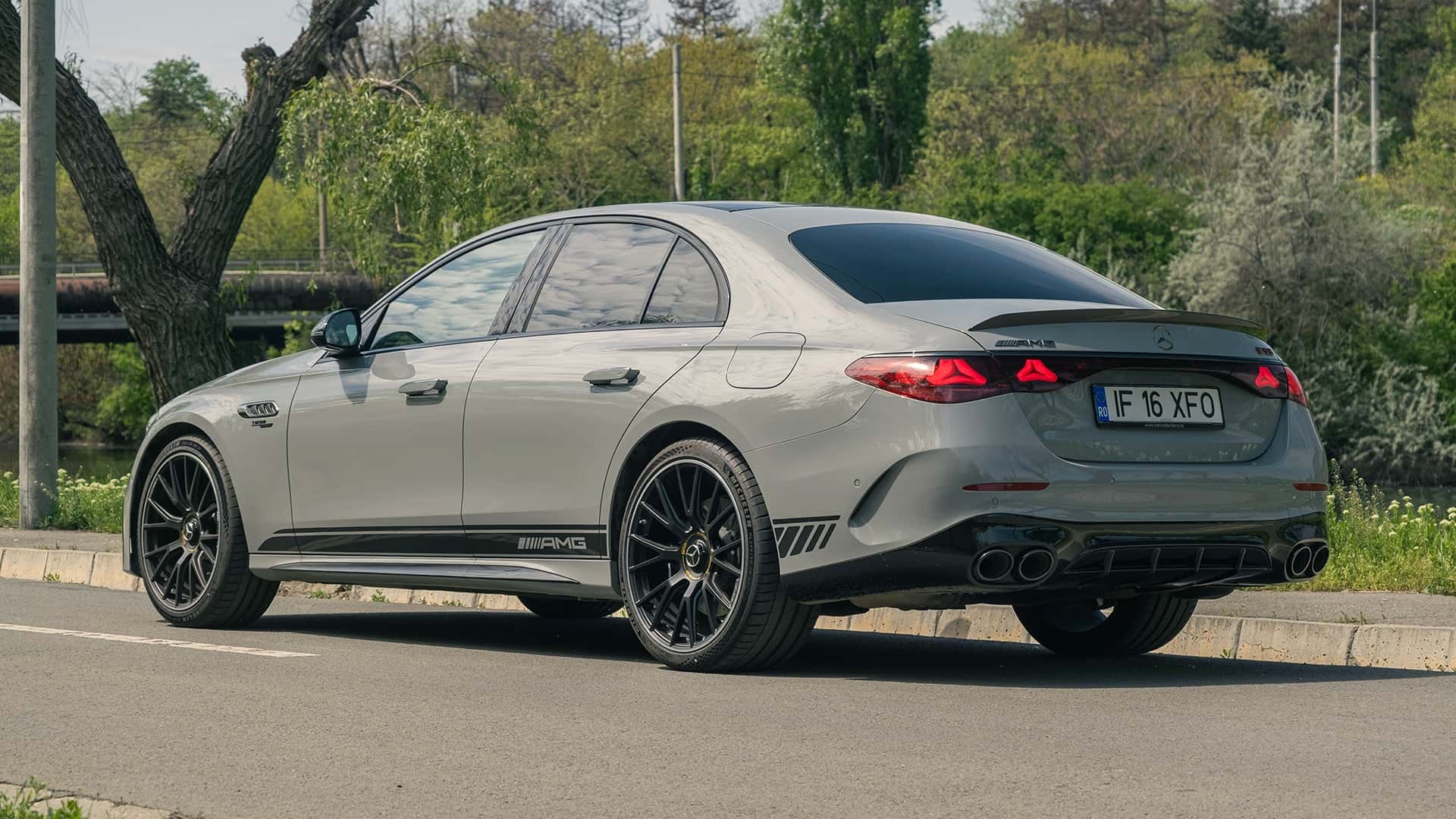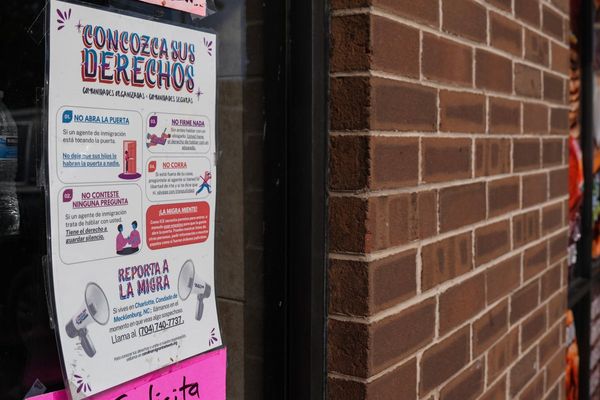
- ADAC study of 28,500 PHEVs shows major brand differences in battery aging rates.
- Mercedes packs age slowly; Mitsubishi’s degrade faster, even at low mileage.
- It recommends always doing a battery health check before buying a used PHEV.
Just like in a fully electric vehicle, the battery in a plug-in hybrid (PHEV) loses its capacity to hold a charge over time. A new study shows which PHEV batteries stay healthy the longest—and which degrade more quickly.
This matters a whole lot, because EV batteries are expensive. If a PHEV's pack is defective, it may be uneconomical to repair and could potentially even render the vehicle a write-off. You would have a very bad day if you bought a used PHEV, only to discover its battery is toast and you need to fork over $10,000 for a new one.
Germany’s ADAC, its largest car club, analyzed battery health data from around 28,000 PHEVs. It found that while driving in electric mode and frequent charging will accelerate capacity loss in all vehicles, there’s a huge difference between how models from different brands perform over time.
Mercedes-Benz PHEVs performed the best. According to the analysis, they lose capacity very gradually over time. However, whether they are driven a lot or a little in electric mode had only a tiny impact on battery health. Across the board, Mercedes PHEVs retained an average of nearly 90% battery capacity at 200,000 kilometers.
(You can see charts detailing how each automaker's PHEVs fared here.)
BMWs also show a gradual, predictable degradation curve, albeit a steeper one. And driving habits mattered more. At 200,000 kilometers, vehicles driven rarely in electric mode retained over 90% capacity, while those driven mostly in electric mode still had around 77% health. Cars driven in electric mode the average amount had a little over 85% capacity remaining. ADAC notes the BMW data had a lot of outliers.
Volvo and Volkswagen PHEVs see "normal" degradation even when these vehicles do a larger proportion of pure-electric driving. Average drivers still had over 85% battery capacity at 200,000 km in both cases, and the data doesn't show significant drops.
The same can't be said of Mitsubishi and Ford, however. Ford plug-in hybrids saw steep degradation early on in life, with heavy electric-mode users witnessing a 10% drop in capacity before 25,000 km. (A lack of data makes it hard to draw conclusions about Fords with higher mileages.
Mitsubishis fared the worst by far.
"The data from Mitsubishi are particularly striking: Many vehicles in the study show significant battery aging even after relatively low mileage, which then stabilizes somewhat," ADAC said.
Even vehicles driven rarely in EV mode lost over 20% of their battery capacity by 100,000 km, and more than 25% by 200,000 km. Mitsubishi PHEVs that were driven in EV mode the most frequently lost over 30% of their battery capacity by 200,000 km.

ADAC recommends that you always perform a battery health check before buying a used PHEV. It lists what values it deems good depending on the mileage. At 31,000 miles (50,000 km), the battery should still have at least 92% of its original capacity, 88% at 62,000 miles (100,000 km), 84% at 93,000 miles (150,000 km) and 80% at 124,000 miles (200,000 km).
Just like in an EV, to prolong the life of the battery, it needs to be kept between 20% and 80%. Draining it all the way or fully charging to 100% frequently will accelerate degradation. In the few PHEVs that also support DC fast charging, using this feature can also potentially make them lose capacity more quickly.
Keeping a PHEV parked outside where it experiences temperature extremes is also bad for the battery long-term. Keeping one parked and not in use for extended periods when the battery drains completely and then stays empty can also affect its capacity.
ADAC also says that if you plan to mostly drive your PHEV in electric mode, getting a fully electric vehicle will be a better choice. We would add that if you can’t commit to charging a PHEV regularly, just get a non-plug-in hybrid, which is better on gas and better for the planet than a combustion car. If you drive a PHEV and never plug it in, then it will just be a waste of fuel; it can burn more gas than the same car with the same engine but without electrification.
It’s worth noting that since PHEVs are still relatively new, some may still have an active battery warranty, which should be transferable to the new owner if you buy one used. Toyota, for instance, offers a 10-year or 150,000-mile warranty for its Prime models, while BMW, Hyundai and Ford offer an eight-year or 100,000-mile warranty.








